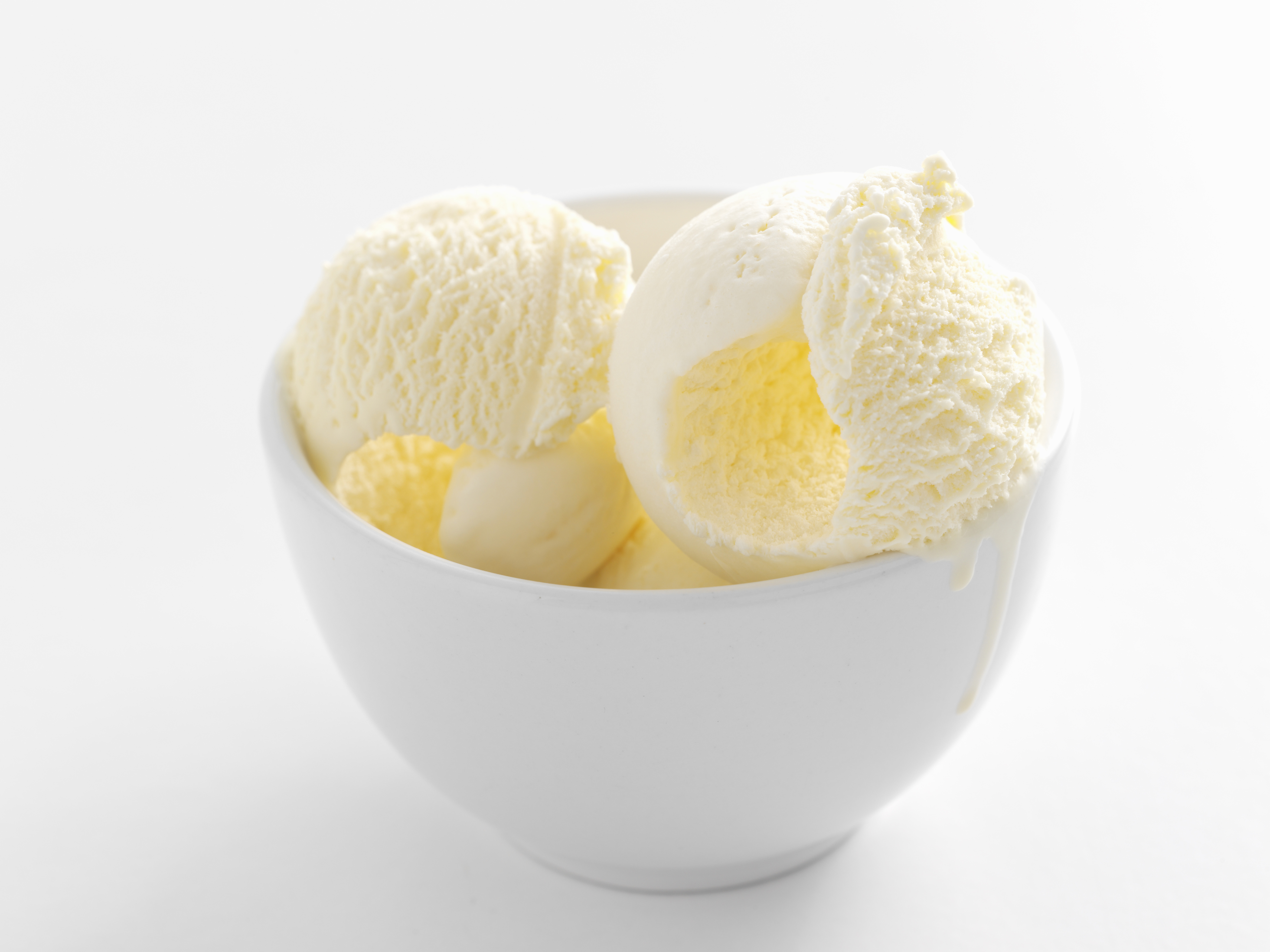Polymers, Vol. 16, Pages 1194: Improved Protein Removal Performance of PES Hollow-Fiber Ultrafiltration Membrane with Sponge-like Structure
Polymers doi: 10.3390/polym16091194
Authors: Huyang Zhao Ting He Shuang Yao Long Tao Xinhai Zhang Zhaohui Wang Zhaoliang Cui Rizhi Chen
The research used polyethersulfone (PES) as a membrane material, polyvinylpyrrolidone (PVP) k30 and polyethylene glycol 400 (PEG 400) as water-soluble additives, and dimethylacetamide (DMAc) as a solvent to prepare hollow-fiber ultrafiltration membranes through a nonsolvent-induced phase separation (NIPS) process. The hydrophilic nature of PVP-k30 and PEG caused them to accumulate on the membrane surface during phase separation. The morphology, chemical composition, surface charge, and pore size of the PES membranes were evaluated by SEM, FTIR, zeta potential, and dextran filtration experiments. The paper also investigated how different spinning solution compositions affected membrane morphology and performance. The separation efficiency of membranes with four different morphologies was tested in single-protein and double-protein mixed solutions. The protein separation effectiveness of the membrane was studied through molecular weight cutoff, zeta potential, and static protein adsorption tests. In addition, the operating pressure and pH value were adjusted to improve ultrafiltration process conditions. The PES membrane with an intact sponge-like structure showed the highest separation factor of 11, making it a prime candidate membrane for the separation of bovine serum albumin (BSA) and lysozyme (LYS). The membrane had a minimal static protein adsorption capacity of 48 mg/cm2 and had excellent anti-fouling properties. When pH = 4, the BSA retention rate was 93% and the LYS retention rate was 23%. Furthermore, it exhibited excellent stability over a pH range of 1–13, confirming its suitability for protein separation applications.

 1 month ago
33
1 month ago
33

